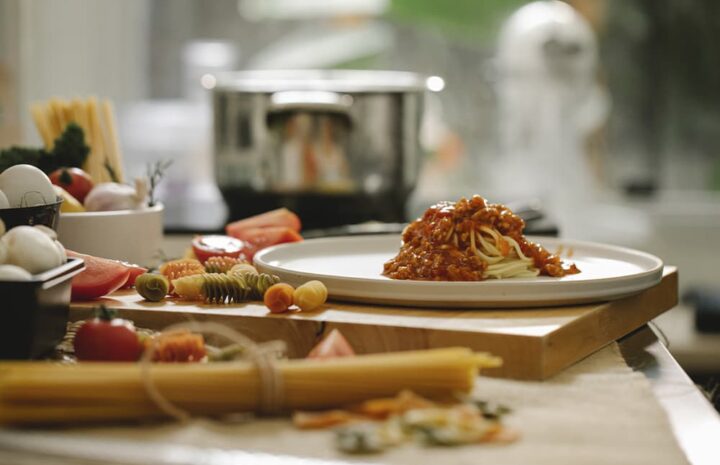Italian cuisine is considered not only one of the best and most exquisite cuisines in the world, but also one of the most fashionable. This is no accident, Italian cuisine is distinguished by a variety of products, a huge selection of wines, amazing desserts, delicious pizza and of course its famous pasta. That’s why interest in Italian cuisine never fades.
The main difference between opening an Italian restaurant and an establishment with any other cuisine is the specifics of the menu, the interior design and the bar list.
The menu should include both popular items – pasta, pizza, lasagne, risotto – and rare national Italian dishes that would make your restaurant stand out from the competition. It could be cacciucco or minestrone soups, main courses – polenta, gnocchi – dishes with truffles and so on. Special attention should be paid to desserts: tiramisu, cannoli, sabayon, panna cotta.
The bar list in an Italian restaurant is mostly different kinds of wine that correspond to certain items on the menu. The wine should open up the taste of the dish even more, complementing it. It is also worth focusing on the financial capabilities of the target audience.
Italians are friendly and hospitable people, so your place should be like taking your guests to their country. The interior should be as cozy as possible – pictures, flowers, soft couches. National music played in the restaurant will immerse guests in a certain atmosphere. You can also hold screenings of Italian films to further attract guests.
The business plan for an Italian restaurant includes a production part. It deals separately with the list of equipment, utensils, and inventory. To equip the kitchen and bar area, buy standard equipment for cooking food and drinks: stoves, ovens, steamers, refrigerators, tables, mixers, coffee makers, kitchen, bar and confectionery equipment. Italian restaurant requires specialized equipment and accessories for pizza: pizza tables, molds, press, etc. Purchase stylish porcelain dishes, large dishes or boards, quality bar glass.
Take care of a high level of service. Choose your restaurant staff carefully. Waiters with a pleasant appearance, courteous and polite. High-class restaurants invite an Italian chef to work in the kitchen; this is prestigious, but quite expensive.
I want to note the importance of interior design in an Italian restaurant. In the design of the interiors of different formats of Italian establishments, you can identify some common trends:
- Mediterranean color scheme – beige, blue, blue, terracotta, brown, olive, green, brod;
- The use of natural materials – wood, stone, cotton, silk;
- A variety of lighting – in Italian restaurants there is always a lot of light, day and evening, the windows are opened, letting the sunlight into the room, and in the evening curtains are hung, include a central chandelier, wall lamps, decorative lamps;
- Large and wide windows;
- Kitchens are located close to the hall, sometimes so as to view the entire production process;
- Bottles of wine and oil, dried herbs, vegetables and fruits, flowers, paintings and photographs are used for decoration;
- For interior decoration use tiles with a mosaic pattern, brickwork, Venetian plaster or plaster imitating defects;
- Wrought iron products – lamps, chair backs, flower holder.
